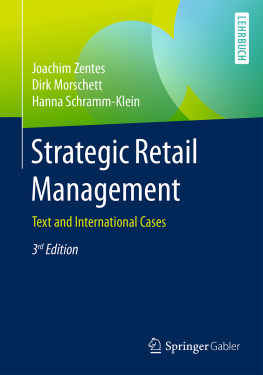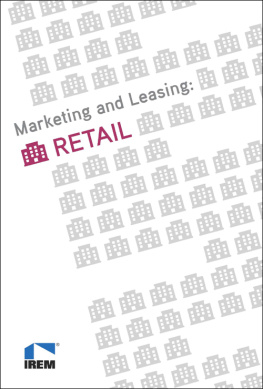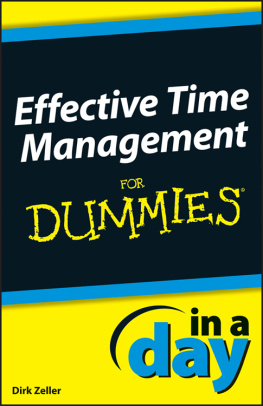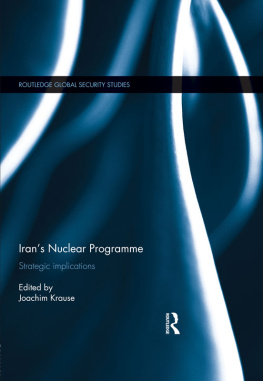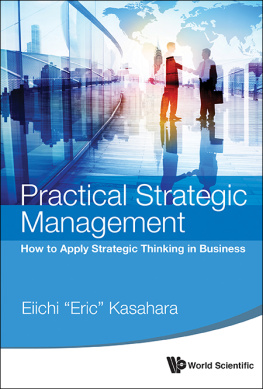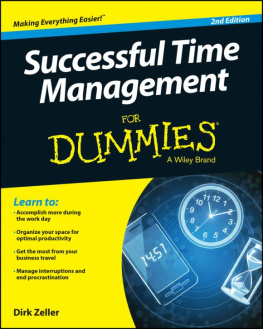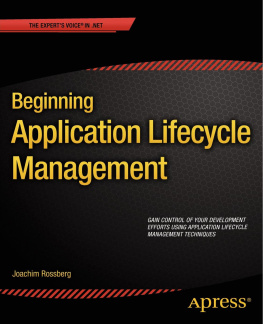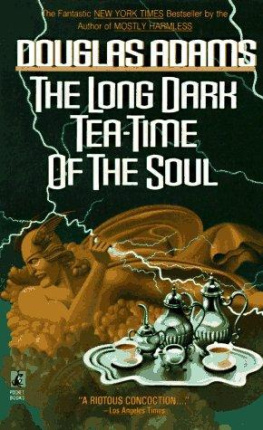1.1 Introduction
Retailing refers to the process of purchasing products from other organisations with the intent of reselling them to the final customer, generally without transformation, and rendering services incidental to the sale of merchandise. However, this is a rather static and traditional definition. While traditional retail functions still dominate, retailers have developed into sophisticated and complex companies that often coordinate or even own value chains from the production stages right through to customer sales.
The retailing process itself is the final step in the distribution of merchandise. As with all services, it produces an intangible outcome. While the added value of a production company is obvious, it is at least initially less evident what value a retailer creates. Therefore, marketing and retail researchers have long tried to explain what added value retailers provide.
Butler (, p. 14) gave an early justification for the existence of retailers: The middleman is the outstanding figure in modern marketing not because he has consciously set out to make a place for himself, nor because consumers have blindly permitted him to come between them and the manufacturers of the things they buy. It is because he has been forced into existence, on the one hand, by the necessities of specialised and large scale industry and, on the other hand, by the necessities of consumers equally specialised in their activities and constantly demanding more and more in the way of services which the distant manufacturer must usually rely upon the middleman to give.
A simple explanation for the potential advantage of using intermediaries (such as retailers) in a distribution channel is given by the Baligh-Richartz effect (Baligh and Richartz ). This effect is based on the fact that integrating an intermediary into the distribution channel (between suppliers and consumers) helps reduce the number of necessary contacts between the different actors in the system, where contacts include visits, payments, etc. If m different manufacturers (e.g., one for meat, one for bread, one for detergents, etc.) sell to n different households, the number of necessary contacts is m *n. Using just a single intermediary in this channel reduces the number of contacts to m +n.
In more recent economic analyses, transaction cost theory has often been used to explain the use of independent intermediaries in a value chain. This theory explains the existence of firms in general and the level of vertical integration with differing transaction costs in particular (Williamson ). However, in many cases, for normal products, asset specificity is low and using independent intermediaries leads to lower transaction costs.
1.2 Traditional Retail Functions
1.2.1 Catalogues of Functions
To answer the fundamental question of why retailers exist, instead of, in the extreme case, every manufacturer selling their products and services to all the final customers who want to buy these products directly, different lists or catalogues of retail functions (or distribution service outputs) have been proposed (Butler , pp. 5759). The following explanation does not follow any of these specifically; instead, a list of functions is derived that retailers usually perform in the value chain between producers and consumers as a synthesis of the abovementioned sources.
1.2.2 Creating an Assortment
One of the benefits a retailer provides in the value chain is goods sorting. This creates value, because manufacturers typically produce a large quantity of a limited variety of goods, whereas consumers usually demand only a limited quantity of a wide variety of goods (Coughlan et al. , p. 6).
Retailers provide the customer with an assortment of products and services, thereby offering variety (Bucklin ) from over 500 different suppliers. Home improvement stores may offer 40,00060,000 items. Amazon offers millions of different products in its online shop and on its marketplace. Thus, while manufacturers can specialise in producing a very limited product range, retailers make a broad product range available for the consumer. This lets consumers
choose between different products in a single category (e.g., between different power drills in a home improvement store) and
combine their purchases and buy items across several product categories in the same store (e.g., buy a power drill and a screwdriver), fulfilling the increasing need for one-stop-shopping.
In a way, creating an assortment is also a marketing function, since it facilitates the consumers search process. For example, instead of selecting between printers from many different manufacturers by searching for them in different locations, a retailers product range helps the consumer manage the product complexity, choose between preselected printer brands and models and easily compare them in a single store.
Chap. will present manufacturers emerging verticalisation strategies. Some manufacturers, such as Dell , Apple , Esprit or, in a few cases, even manufacturers of fast-moving consumer goods such as Nespresso , operate stores dedicated to their branded products. But this is clearly not an option for most manufacturers, as consumers prefer to shop for several products in a single location, and most manufacturers would be overlooked by consumers if retailers did not present their products.
1.2.3 Breaking Bulk
In addition, retailers offer customers different lot sizes than manufacturers usually prefer to ship (Bucklin ). To reduce transportation costs and transaction costs, manufacturers usually have the necessary infrastructure and systems to ship full truckloads, pallets or at least cases of products, while consumers only want to buy single packages of a product. Thus, retailers buy products in large quantities, then break down these large shipments (break bulk) to offer quantities that fit typical consumption patterns.
It is noteworthy that the term for this institution ( re-tailor vs. wholesaler in English, commerce de dtail vs. commerce de gros in French, Einzelhandel vs. Grohandel in German) often refers to precisely this function, relative to the wholesale level.
1.2.4 Bridging Space and Time
The system joining manufacturers and consumers usually has geographic and temporal gaps that must be overcome. Closing these gaps is a further function of retailers.
Bridging Space
Manufacturers usually produce a specific product in a central location, while final consumption takes places in households across the country. Retailers help carry out this spatial decentralisation (Waterschoot et al. , p. 6) by offering products in stores that are close to the customer. Large retailers have broad market coverage with a network of stores, so the consumer can easily reach one.
The added value retailers provide to this logistical function has drastically increased over time (see Chap. ). Initially, the main advantage conferred was that of an intermediary, meaning the manufacturers logistics chain did not have to extend to every single household, only to a specific retail store. In the past, it was common for stores to either receive direct deliveries from manufacturers or for small retailers to buy their products at wholesale markets, which also helped bridge a geographical gap.

